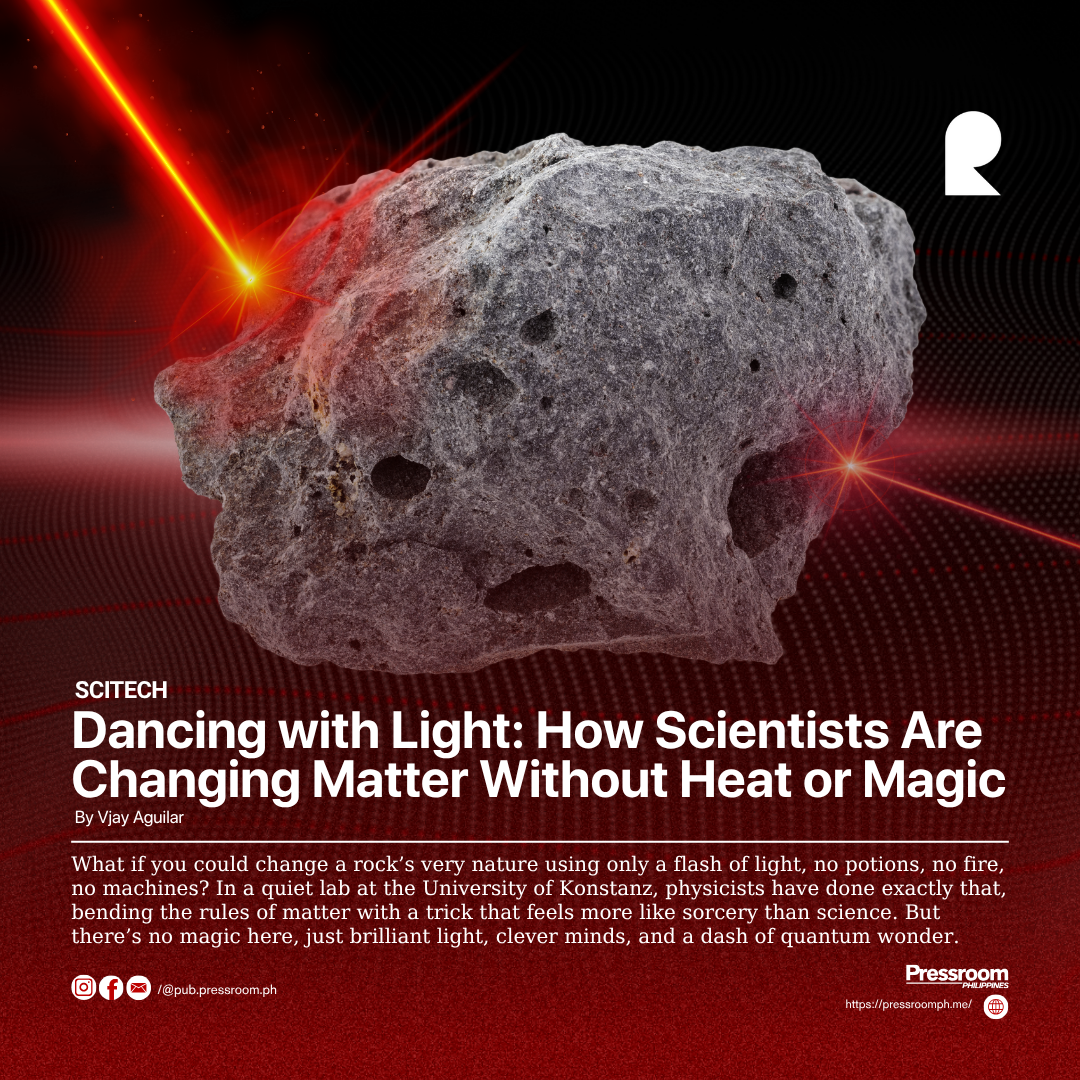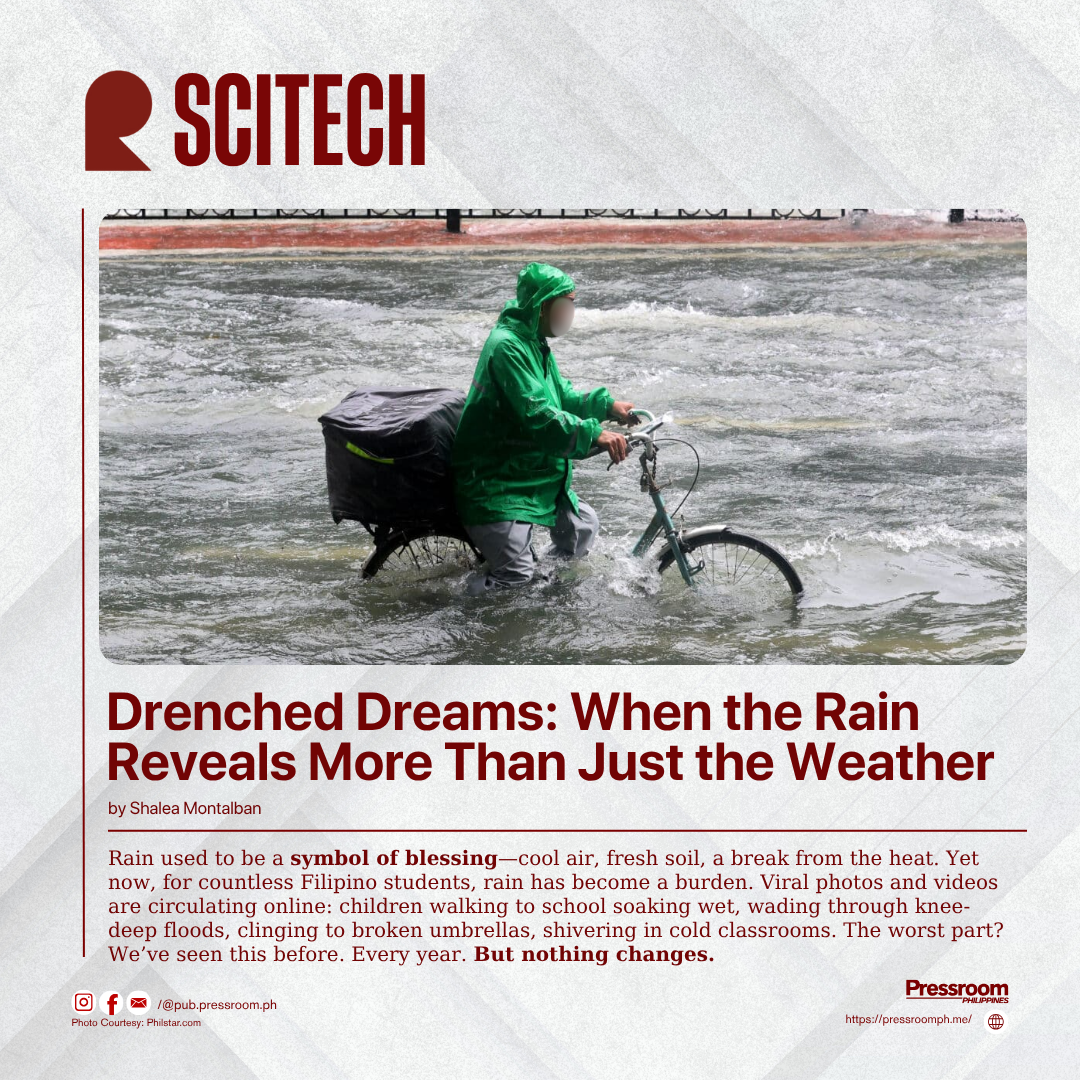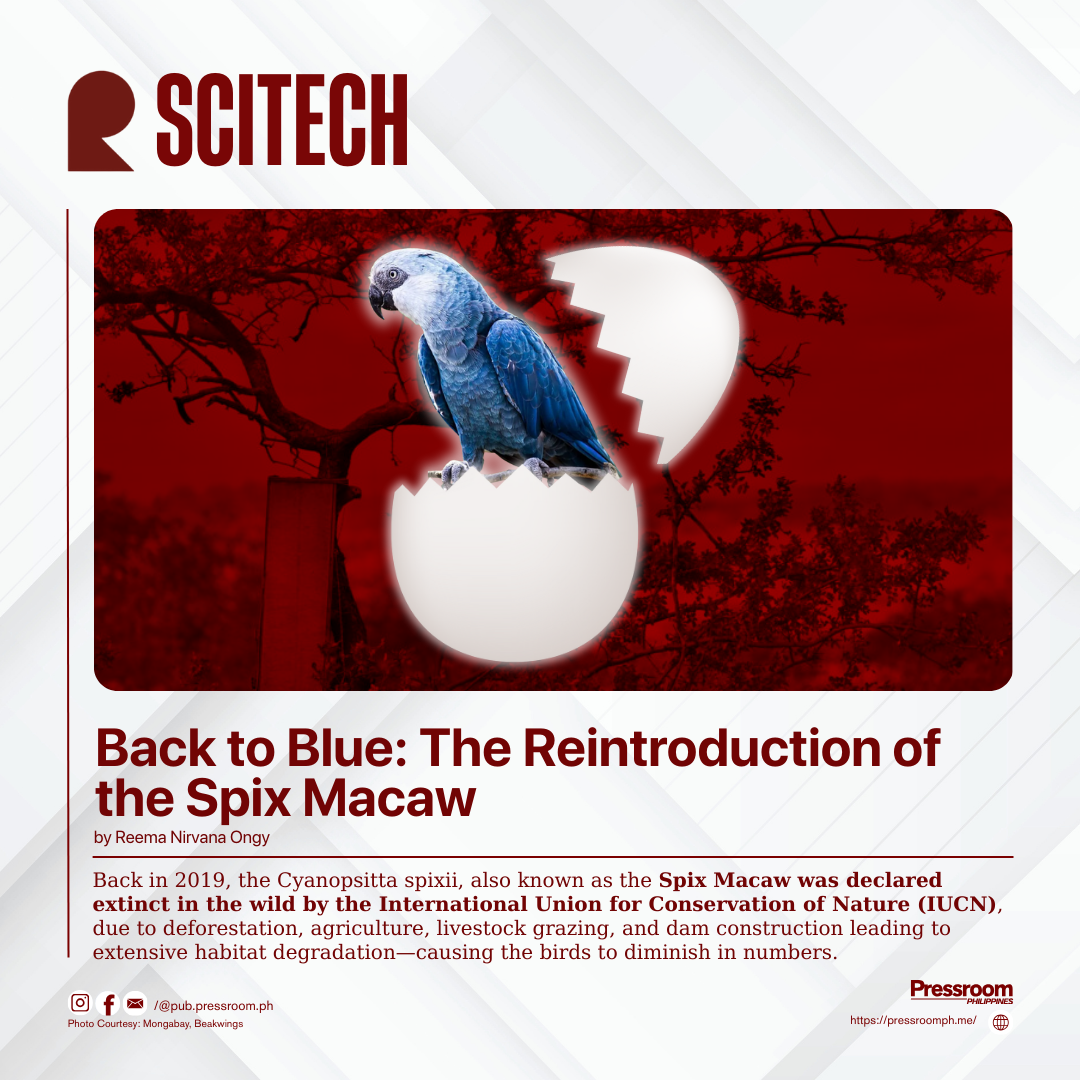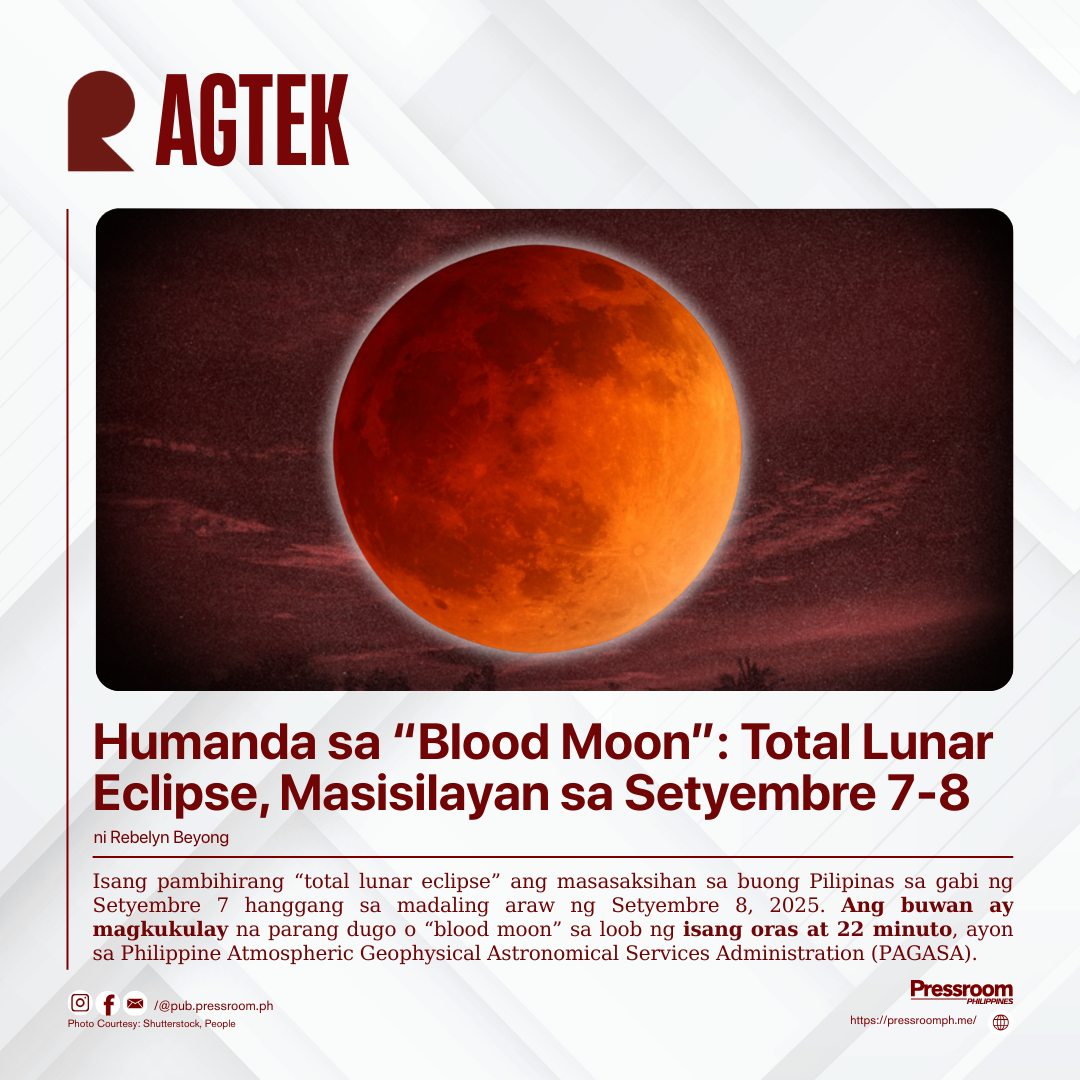What if you could change a rock’s very nature using only a flash of light, no potions, no fire, no machines? In a quiet lab at the University of Konstanz, physicists have done exactly that, bending the rules of matter with a trick that feels more like sorcery than science. But there’s no magic here, just brilliant light, clever minds, and a dash of quantum wonder.
Led by physicist Davide Bossini, the research team discovered a way to excite tiny magnetic ripples inside a material using lasers. These ripples, called magnons, move in perfect harmony and can carry huge amounts of information at astonishing speeds. More impressively, the method works at room temperature and doesn’t burn or break the material, it simply transforms it, like a costume change for crystals.
Imagine teaching an old stone new tricks. That’s what the team did with hematite, a common iron ore once used in compasses, now revived for 21st-century science. By using light to stir high-frequency magnon pairs, the scientists made hematite behave like a whole new material, without melting it, freezing it, or altering its chemistry.
“This was a huge surprise. No theory predicted it,” said Bossini, still amazed by the discovery. The laser pulses altered the material’s magnetic ‘fingerprint,’ rewriting its internal tune like changing a song’s melody. It’s as if the material borrowed a new identity, just for a moment, then returned to its original form when the light faded.
But why should we care about changing a rock’s song? In a world drowning in data, traditional electronics are reaching their limits, slowed by heat and inefficiency. The Konstanz breakthrough offers a cooler, faster alternative, storing and moving information through magnons that dance on waves of light.
Magnons aren’t new, but controlling their speed, strength, and lifespan has long been a mystery. Until now, lasers could only shake them gently, producing low-frequency effects. Bossini’s team cracked the code, using light to target magnon pairs directly, unleashing their full potential and reshaping the rules of magnetic physics.
Even better, this method doesn’t rely on rare metals or expensive tools. It works with natural crystals and ordinary conditions, opening doors to cheaper and greener technology. And for quantum physicists, it’s a dream come true, room-temperature experiments that once needed icy labs may now bloom under a beam of light.
What once seemed like wizardry is becoming science fact, step by glowing step. With this discovery, materials can momentarily become something else, all without a spark of heat, just the silent whisper of lasers and magnetism. In the end, it’s not magic changing the world, it’s light, logic, and a touch of brilliance.






